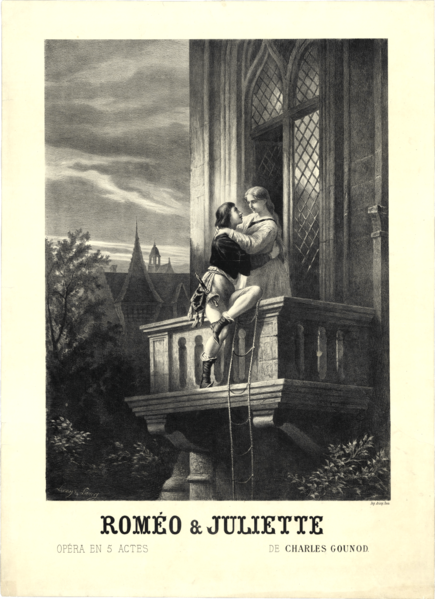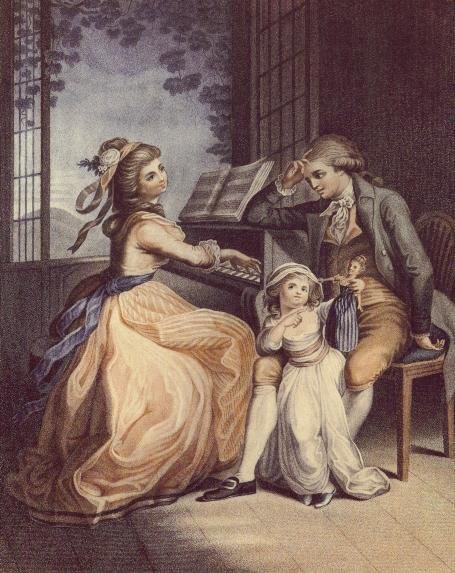My nonfiction title New Yorkers: A Feisty People Who Will Unsettle, Madden, Amuse and Astonish You, has been reviewed by Publishers Weekly. Since it is a self-published work, this is almost unheard of. And a good review at that, even if they dropped a word from the title.
It has also been reviewed favorably by a Hindi blogger whose English is less than perfect. But that review is welcome, too, since there is a market for English-language books in both India and Japan. I count on IngramSpark to make the book available abroad, and on Amazon to sell it in the U.S. That's how it works, if you self-publish.
For this and all my books, go here.
THE FIVE BASIC
STORIES OF ALL TIME
The idea came to me long ago, when I read somewhere that there are only five basic story types, repeated endlessly with variations, and that one of these is The Journey. Well, why not? One immediately thinks of Homer's Odyssey and Odysseus of Many Wiles (as Homer describes him), who spent ten years voyaging in the Mediterranean in an effort to return to his home, Ithaca, and his wife, Penelope. And Virgil's Aeneid, where Aeneas, fleeing the destruction of Troy, heeds the gods' inspiring him to go to distant Italy and found the race that will create the city of Rome, destined to rule the world -- at least, the known Western world.
Journeys less epic are related in Jack Kerouac's On the Road (1957), a Beatnik classic, and John Steinbeck's Grapes of Wrath (1939), which takes the Joads family from the Dust Bowl of Oklahoma to the promised paradise of California, which turns out to be less than God's country. Of Kerouac's story, I chiefly remember he and his friends reveling noisily in a Mexican whore house, to the amusement of the locals. Jules Verne's Around the World in Eighty Days (original French edition, 1872), which I know from the memorable movie of 1956, is another example, and some would add Huckleberry Finn's trip down the Mississippi. And come to think of it, let's add Melville's Moby Dick, relating Ahab's frenzied and doom-destined pursuit of the monstrous white whale. The Journey can be a mission, an escape, a diversion, a search for God's country, or a pilgrimage. And it can end joyously, sadly, or disastrously, thereby offering a lesson of some kind to the reader.
 |
| The famous balcony scene. An 1867 lithograph for Gounod's opera. |
But the most obvious basic story, one that surely comes to everyone's mind, is Boy Meets Girl, with its necessary modern variations of Boy Meets Boy / Man, and Girl Meets Girl / Woman. Of these there are many examples, prominent among them Shakespeare's Romeo and Juliet, Anthony and Cleopatra, and even Midsummer Night's Dream, since it includes the troubled relationship of Oberon and Titania. The Brits have also given us Charlotte Brontë's Jane Eyre and Emily Brontë's Wuthering Heights, the latter so melodramatic that it makes her sister Charlotte's eminent work look tame. Other examples: Goethe's Werther and Colette's Chéri and La Fin de Chéri, reminding us that these love stories don't always end happily; both Werther and Chéri commit suicide.
 |
| The lovesick Werther. Alas, the lady is a married mother and faithful to her husband. An Italian painting, no date, inspired by Goethe's novel. |
Oddly enough, I can't think of any American play or novel to add to the collection. Surely there are some. Why do they escape me? Well, here's one: my historical novel The Pleasuring of Men (Gival Press, 2011), a prime example of Boy Meets Man. But honestly, I didn't plan this so as to promote a novel of my own. (Yes, I hear the cynical titters and almost discern the knowing winks. But honestly...)
So much for two of the five types of stories. I'll add the rest in my next post. Can you guess what they might be?
Coming soon: Oedipus and Siegfried, Hedda Gabler and Lance Armstrong, Joan of Arc and the women of America. Not to mention Falstaff, Teddy Roosevelt, Achilles, and Tartuffe.
© 2020 Clifford Browder



No comments:
Post a Comment